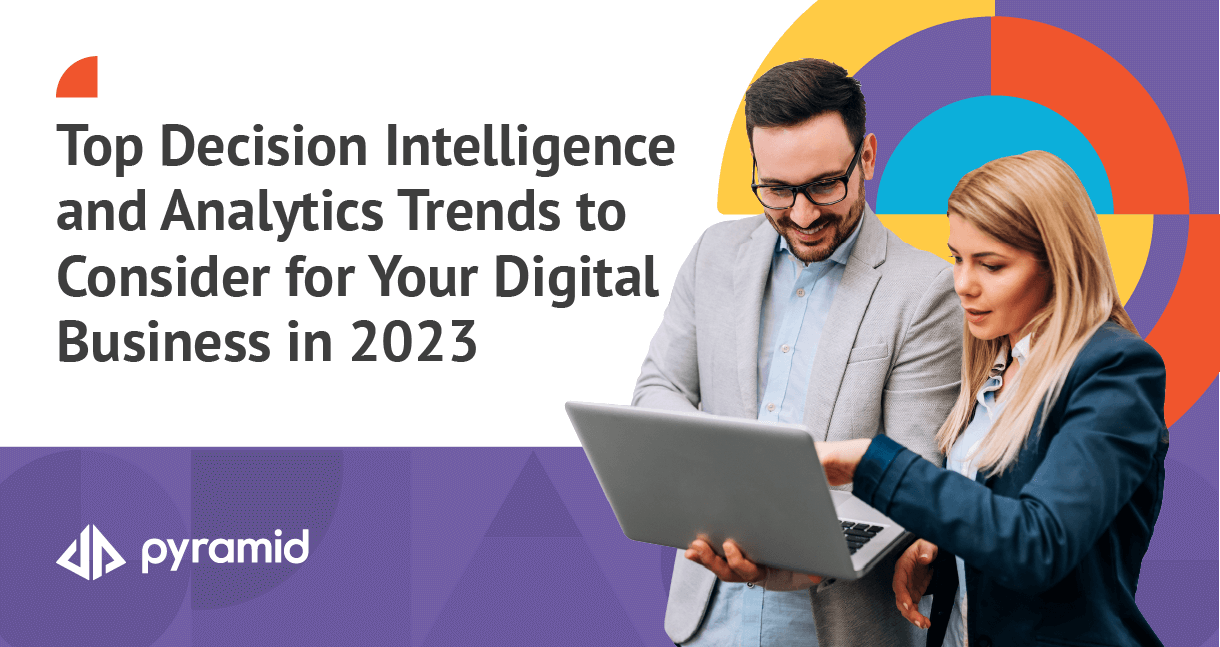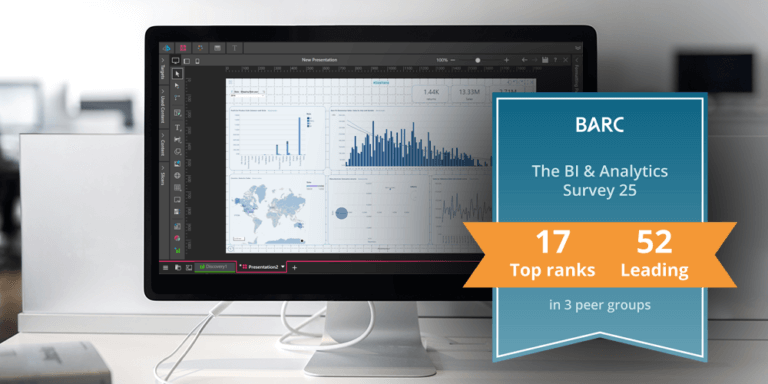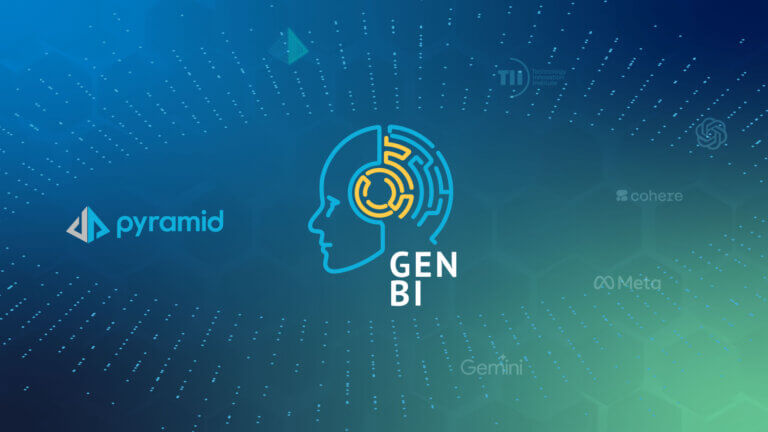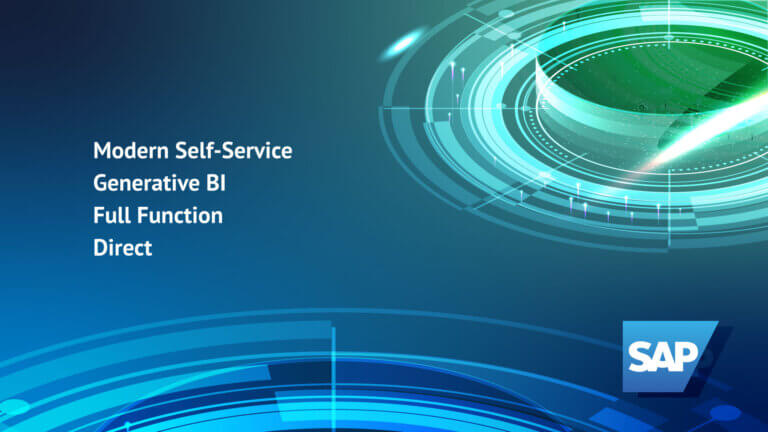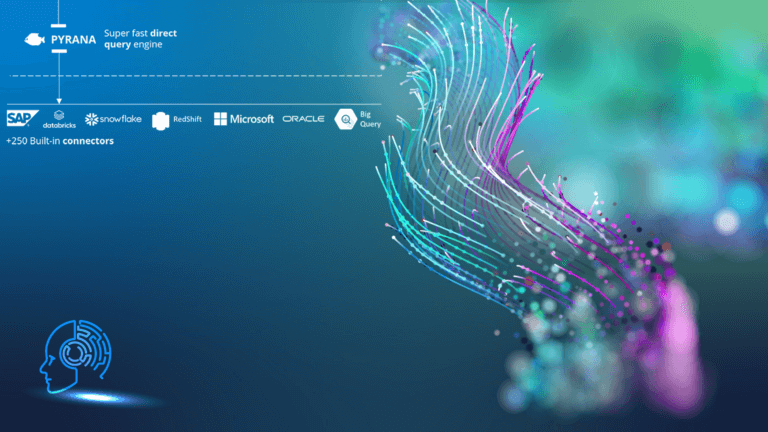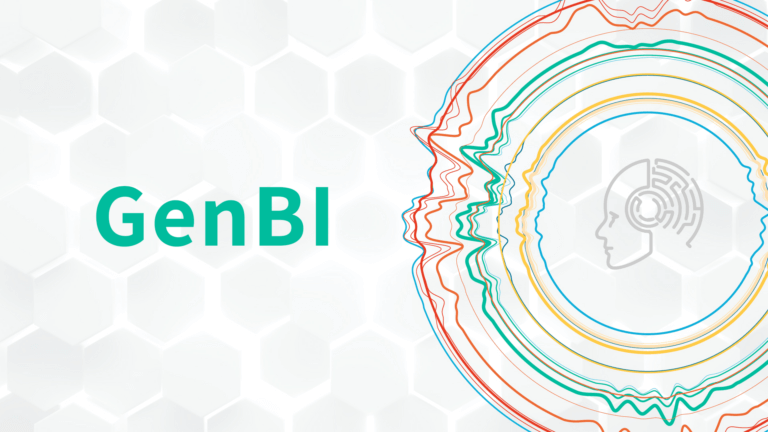The holidays are just around the corner. And with them, a new year full of opportunities. As an analytics enthusiast, I am excited to write about my favorite topic—decision intelligence—and how it will shape 2023 and beyond. DI is the set of capabilities—whether human, organizational, or technological—used to enable timely and effective decision-making. Broad organizational access to technologies used for DI leads to faster, more effective decision-making at scale.
All organizations are experiencing their own digital transformation journeys, and for many, DI is becoming an important aspect. According to the Harvard Business Review, organizations should realize three types of value for them to be successful in their journeys—value from customers, value from operations, and value from ecosystems. The year 2022 witnessed considerable market volatility, and I foresee the same in 2023. The use of data, analytics—and, increasingly, decision intelligence—will be critical in enabling organizations to react to these changes and maintain their digital transformation momentum.
Here are the top four decision intelligence and analytics trends as we head into 2023:
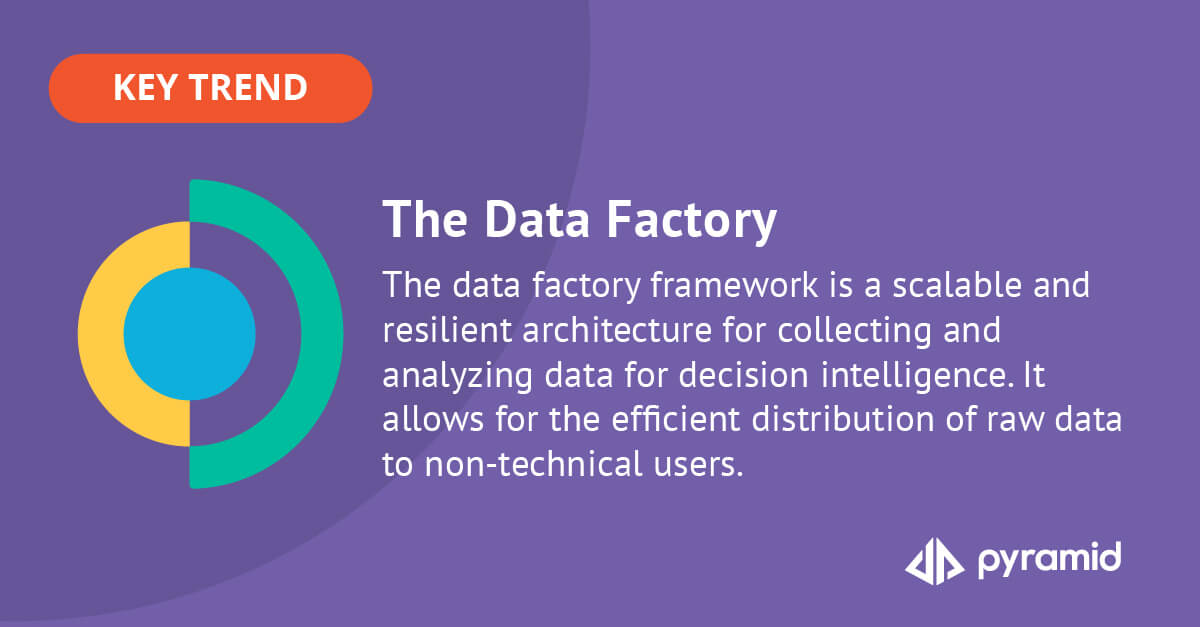
1. A Data Factory to Achieve Decision Intelligence at Scale
At organizations, data architecture has taken shape over the years with an exploding number of transactional systems, including ERP and CRM, data warehouses, and data lakes across on-premises and cloud environments. Many of them have been gradually added to meet business demands. Data must be collected and analyzed from these systems to make decisions. You need an architecture or a framework that is scalable and resilient, will accommodate additional use cases, and will prove more cost-effective. The data factory framework is your answer.
The data factory framework is a closed-loop framework that takes raw data to the decision point. Typically, raw data goes through clean and fixed steps before it can be used for data science modeling or semantic modeling, where it gets enriched. In the next step of this framework, the data is discovered, explored, sliced, and diced. From here, it will move to the consumption and deployment layer—distributed to more non-technical people through interactive dashboards and high-volume enterprise reports and finally for business modeling and optimization. In this framework, the queries run directly on data to have the latest and greatest insight. Instead of using multiple tools to address each of these steps, an end-to-end AI-driven architecture on a single platform will reduce complexity, increase analytics adoption, accelerate decisions, and reduce the total cost of ownership.
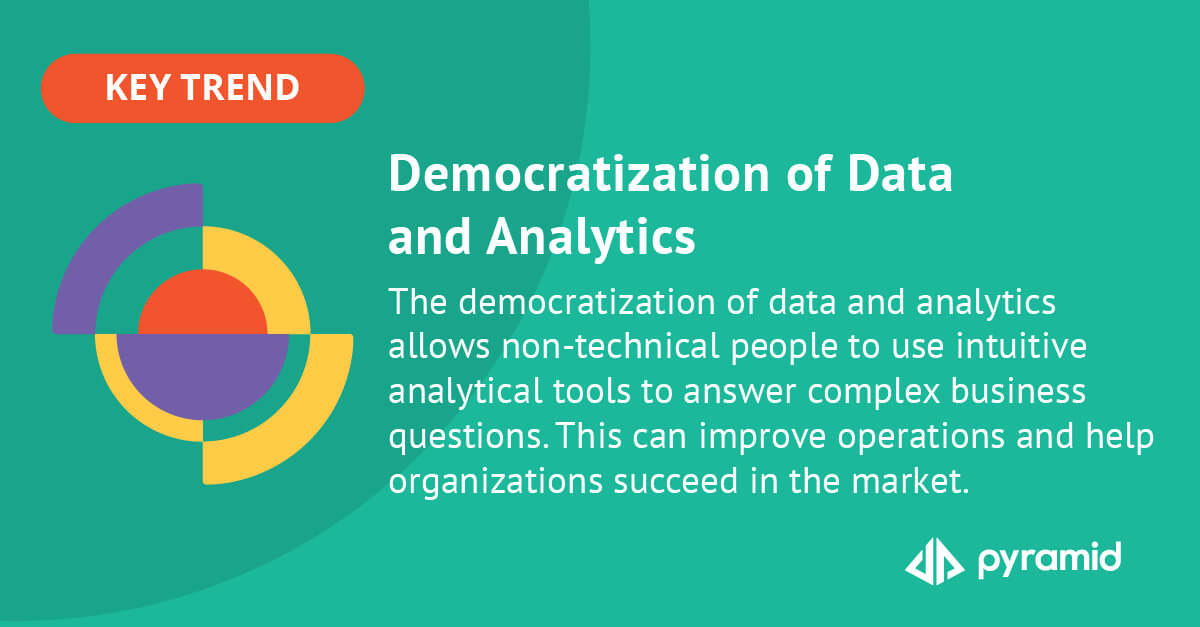
2. Democratization of Data and Analytics for More Non-Technical People
A recent article in Harvard Business Review indicates that many companies struggle to reap the benefits of investments in digital transformation while others see enormous gains. Digital transformation requires executives, managers, and frontline employees to work together to rethink how every aspect of the business should operate. Successful companies have built an operating architecture centered on integrated data assets. These companies democratize data and use data-driven innovations to succeed in the market.
Data democratization is more than bringing data closer to people or sharing data in pie charts or visualizations. It’s about enabling non-technical people with easy-to-use analytical toolsets that will answer simple and complex business questions with data—to run the day-to-day business, predict outcomes, or prescribe impactful business solutions. Examples include managing disruptions to the supply chain, predicting shortages of products and raw materials, prescribing new product innovations that will maximize profitability, staffing nurses accurately for peak and off-peak hours, identifying at-risk patients, etc. Organizations should also consider fostering a data-driven culture with data literacy programs in addition to investing in modern technologies.
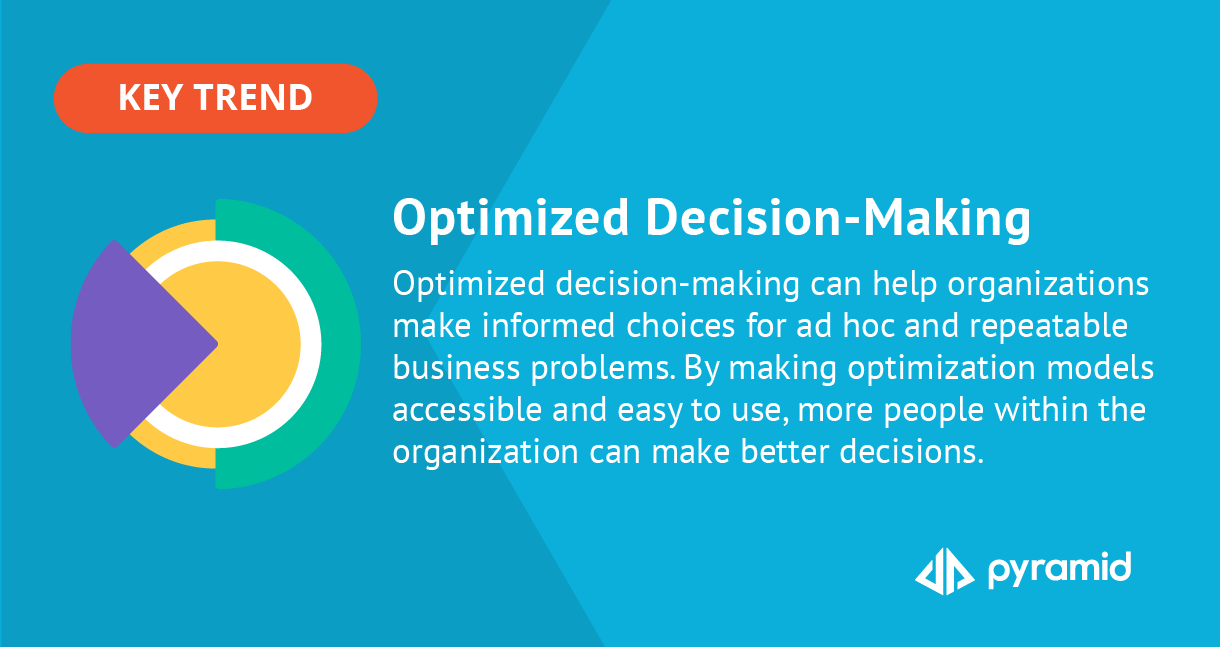
3. Optimized Decisions with Data for Ad Hoc or Repeatable Business Problems
Market conditions are constantly changing. Organizations need to be agile and accelerate the decision-making process for more people in the organization.
In the retail world, the price of a product changes on average eight times a day. Consumer demands also change frequently. How can retailers offer the best consumer experience? A store manager needs to constantly make good decisions on what products and how many of those should be made available at the store based on foot traffic. A merchandising manager needs to keep track of market and competitive conditions to offer the right set of products online and at the store while keeping a tab on inventory from suppliers without compromising profit. Success for all sorts of individuals within the retail environment requires each of them to make quick adjustments as circumstances change.
Similar business problems must be addressed across other industries. Hospitals, for example, need to address big questions such as where they should open the next clinic. Or they need to make smaller operational decisions such as predicting staffing for peak and off-peak times, or if there is a spike in the number of patients, or how they can deliver a better patient experience by quickly increasing the number of staff members without overstaffing. To address these types of repetitive or ad hoc problems, organizations need to enable more people to have access to data and make informed and optimized decisions that bring the best outcomes.
Typically, optimization models are built and used by specialized people in the organization to answer these questions. These models solve simple and sophisticated problems such as scheduling, resource allocation, portfolio allocation, and investment, supply chain optimization, product assortment. And the list goes on and on. Organizations looking to realize value from digital transformation need to think about how optimized decisions can be made by more people within the organization for ad-hoc and repetitive decisions. This requires optimized models that are more accessible, shareable, and easier to use for more people.
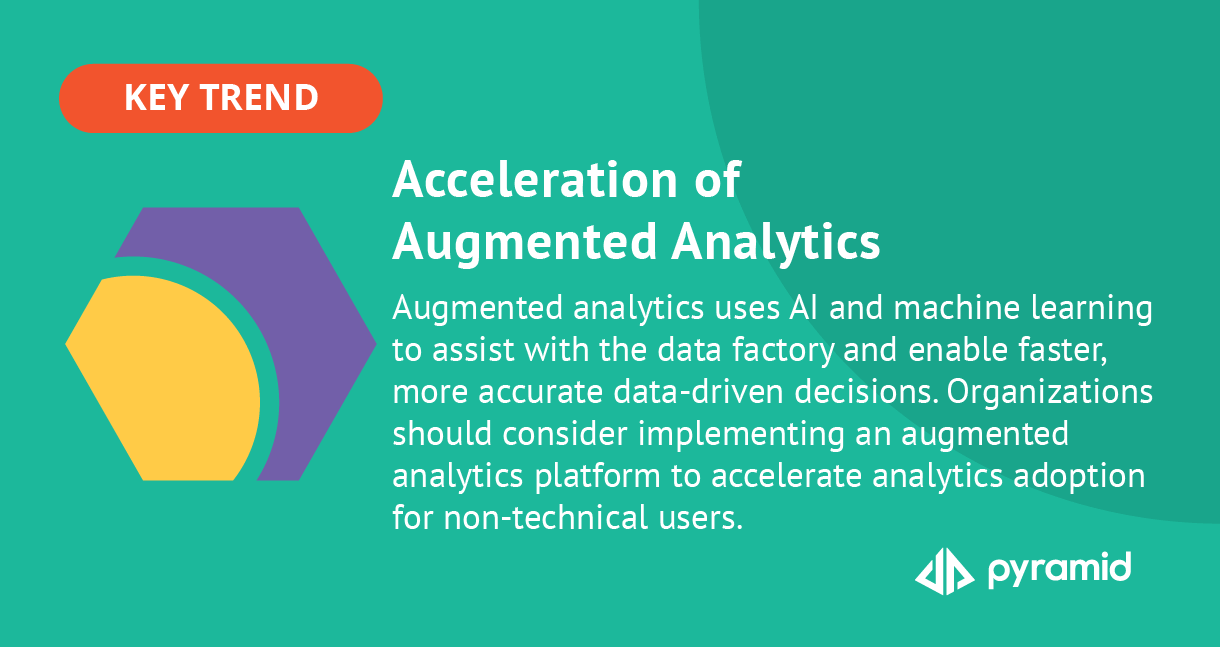
4. Augmented Analytics to Accelerate Decision Intelligence and Digital Transformation
Per IDC FutureScape 2023, 75% of CIOs will augment critical systems with embedded intelligence and automated technologies to cope with skills shortages and labor needs. And Gartner declares that augmented consumerization functionality will drive the adoption of analytics and business intelligence (ABI) capabilities beyond 50% for the first time, influencing more business processes and decisions.
Augmented analytics enables the use of technologies such as machine learning and AI to assist with all aspects of the data factory discussed earlier, so people can make data-driven decisions faster and with confidence. AI and ML can automate manual, repetitive tasks such as ingesting data from sources (and discovering tables, columns, and relationships across them), generating correlations to uncover new patterns, and calculating time hierarchies. It can also allow people to ask questions in simple phrases to get answers or conduct complex analyses (like decision trees) automatically with no coding. Augmented analytics “augments” human interactions with data to provide efficiency and accuracy. Organizations should consider an augmented analytics platform to enable faster and more accurate data-driven decisions and accelerate analytics adoption for non-technical people.
Pyramid Decision Intelligence Platform
The Pyramid Decision Intelligence Platform is a frictionless and integrated, no-code, AI-driven platform that combines data prep, data science, and business analytics. The Pyramid Platform is an end-to-end platform that supports the data factory framework with a direct query engine to prepare, enrich, discover, model, analyze, predict, and optimize data to make good decisions. The PYRANA direct query engine of the platform provides lightning-fast performance across the entire data estate. Designed for all types of users, technical and non-technical, it offers governed self-service analytics with automated workflows and guided intelligent insights that will help democratize analytics and accelerate adoption and time to market. This modern platform simplifies the analytics stack, reduces the total cost of ownership, and maximizes ROI. Learn more.
If you have comments, feel free to DM me on LinkedIn. I wish you a restful and safe holiday.



